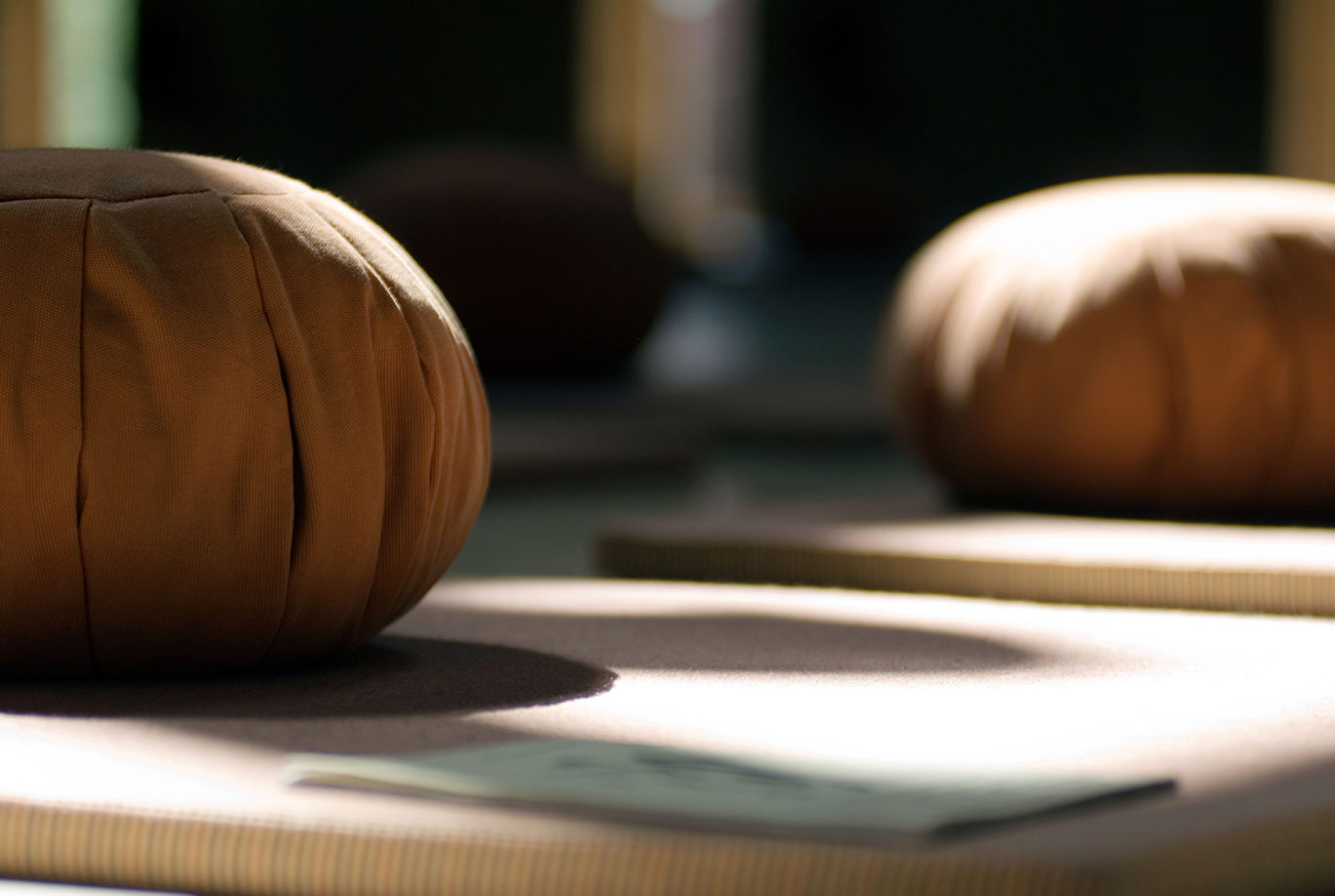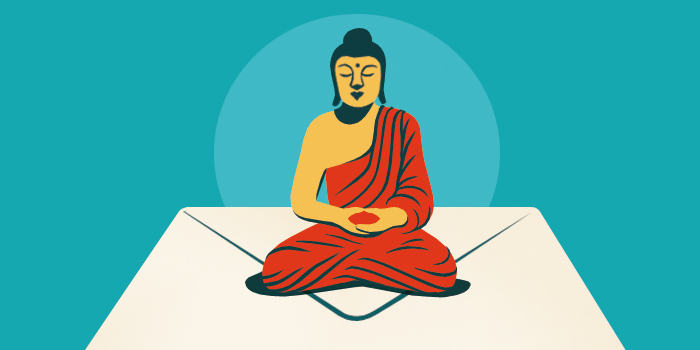What Are the Different Kinds of Buddhist Practice?

Vipassana practitioners typically sit on cushions such as these when practicing meditation. | Doug Blane / Doug Blane Photography / Alamy Stock Photo
When most people think of Buddhist practice, they think of mindfulness meditation. Mindfulness is a classic form of Buddhist meditation that has become popular and widely used in the West, but it’s not the end-all-be-all of Buddhist practice. In fact, it’s just one of a wide variety of techniques used to train the mind and cultivate inner calm and stability.
It is said that there are “84,000 dharmas,” or that the Buddha taught 84,000 different methods for achieving liberation from suffering. Just like there are many different Buddhist traditions and ways of interpreting the teachings, there are also many different varieties of Buddhist practices used to aid in the cultivation of wisdom, clarity, and compassion, and to support the practitioner on the path to awakening. Some practices focus on the body and the breath; others on focus and concentration; and others yet on cultivating the qualities of the heart.
Beyond mindfulness meditation, dive into more Buddhist practices here.
Discover Level 2, Deck 10:
Meditating with the breath: Breath meditation, or “mindfulness of breathing,” is one of the oldest forms of Buddhist meditation.
Meditation for working with emotions: Difficult emotions are often what brings us to practice, and Buddhism offers specific techniques for befriending our feelings.
Walking meditation: Popular in the Zen tradition, walking meditation takes mindfulness off the cushion and into motion.
Metta, or meditating on goodwill: Metta, or lovingkindness, meditation is a popular practice championed by the Buddha as an antidote to fear and hostility.
Visualization meditation: In certain Buddhist schools, particularly Tibetan Buddhism, the mind’s natural creativity is channeled to support practitioners on the path to awakening.
Meditating with your voice: chanting: Like most spiritual traditions, Buddhism uses the voice as a tool for meditation. In many Buddhist traditions, chanting is utilized in some way or another.
Tonglen: Sending out happiness and taking in suffering: A form of practice from the mind training (lojong) teachings, tonglen is used to overcome self-cherishing.
Bowing as practice: In Buddhist traditions, it’s common to bow to depictions of the Buddha, images of bodhisattvas (enlightened beings), and to teachers of the past and present.
Meditating on death: The practice of contemplating our own death can help us to live more fully in this moment.
What is a mantra? Used across different traditions, a mantra is a sacred word, syllable, or phrase used as an invocation or as object of contemplation.
What is a koan? In Zen, a koan is a riddle or paradoxical phrase given by a teacher and designed to help students break free from habitual thinking or reasoning.
What is merit? Outside the Western world, the primary practice of Buddhists around the globe is not meditation but the cultivation of merit.
Why do Buddhists go on pilgrimage? Buddhists have long visited sacred sites to generate merit, experience powerful spiritual energies, and deepen their practice.
Why do Buddhists walk in circles around (circumambulate) sacred objects? Buddhists circumambulate stupas, shrines, temples, mountains, and other devotional objects as a way to purify negative karma and pay tribute.
Recommended Reading:
- One-Breath Meditation, by Ken McLeod
- Meditating with Emotions, by Pema Chödrön
- Mantra: Tool for Thinking, by Tricycle
- Tonglen on the Spot, by Pema Chödrön
- A Pilgrimage Among Friends, by Gail Gutradt

Tricycle is more than a magazine
Gain access to the best in sprititual film, our growing collection of e-books, and monthly talks, plus our 25-year archive
Subscribe now